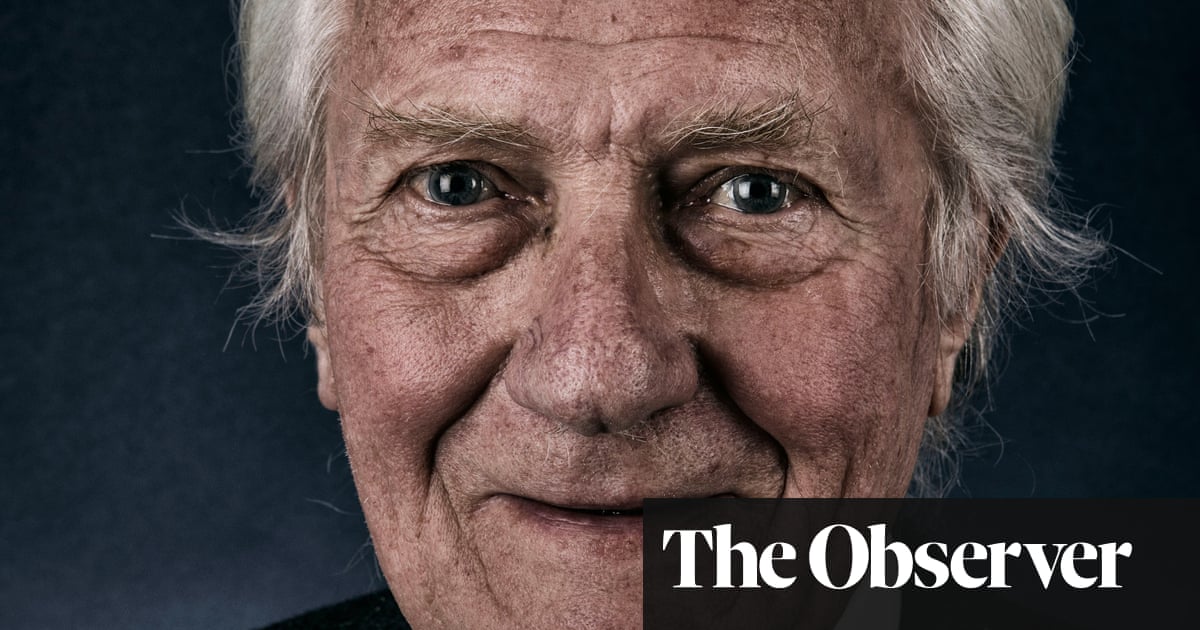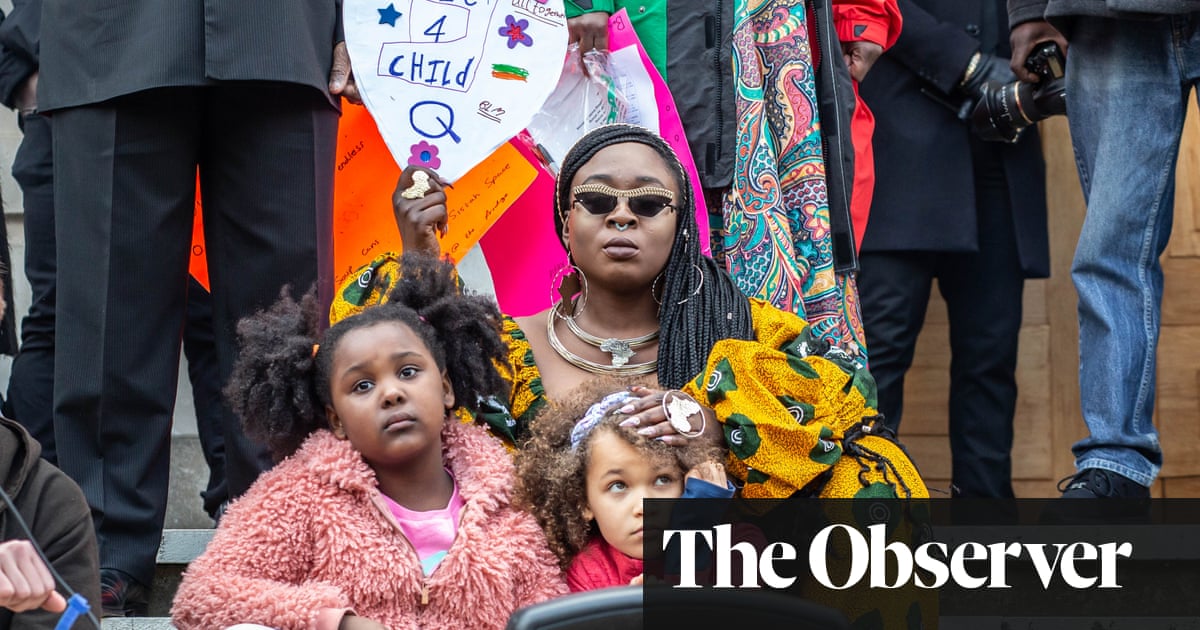
It was late morning when the bullets burst through the corrugated roof of Maimouna Kujabee’s farmhouse. First, she hit the ground. Then she took off, running from her village in Ziguinchor, in Senegal’s Casamance region, as fast as her children could manage.
Through fields and forest, with only the clothes on her back, Kujabee did not stop until she reached Bajagar, in the Gambia, about a mile north of the border. “The sun was hot. I ran until my sandals were cut up,” says Kujabee.
She managed to find a room to sleep in, and gracious hosts who gave her and others food, but says: “I don’t know anyone here.”
In recent weeks, hundreds of people like Kujabee have fled the latest flare-up of one of Africa’s oldest continual conflicts – between the Senegalese military and separatist rebels in the south, in the small sliver of the country below the Gambia. In some places, entire villages have fled.
The recent fighting has also displaced thousands of Gambians as gunfire and shelling spilled across the border. Along the Gambia’s West Coast region, villages have swelled with people seeking shelter, sometimes among family, others with strangers.
Despite a number of ceasefires over the past 40 years, the Senegalese army continues to clash with separatist rebels of the Movement of Democratic Forces of Casamance (MFDC).
Separated physically, culturally and linguistically from the rest of Senegal, Casamance has historically suffered from a lack of attention from the capital, Dakar. Senegal’s economic downturn in the 1970s is seen by some as the root cause of the insurgency in the 1980s. Though much of the violence peaked in the 1990s, small rebel factions still camp along the porous borders with the Gambia and Guinea-Bissau, engaging in cannabis and timber smuggling.
A lull in fighting in recent years has led to more development in the region, and the resettlement of those who fled previous fighting. But on 13 March, the army launched an attack against rebels led by Salif Sadio after the kidnapping of Senegalese soldiers on a mission in the Gambia.
According to the Gambia’s National Disaster Management Agency (NDMA), more than 5,600 Gambians have been displaced over the past two weeks, along with 691 Senegalese. “Very innocent people are suffering,” said Binta Sey Jadama, NDMA coordinator for the region.
The NDMA is delivering food and mattresses and assessing the situation in the villages. The Gambian president, Adama Barrow, has pledged 5m dalasi (£70,000) for the relief effort.
Edi Bah, manager for the Foni Ding Ding Federation, a local children’s charity, says: “More or less, it’s just the border that differentiates us … so we are always ready to host them [Senegalese refugees].”
But he adds that many host families whose households have suddenly expanded need cash and food: “Their basic needs are under stress. Somebody who has a family of 10, now you’re having an additional 20. So the burden has increased.”
Shelling less than two miles from the Gambian border disrupted last week’s visit by government officials to villages. The government in Banjul has pledged that the Gambia will not “be used as a launching pad [for attacks] nor allow anyone to enter the country with arms and ammunition”.
On Tuesday, after the destruction of several rebel bases, the Senegalese army said in a statement: “These criminal gangs will be hunted down to their last entrenchments, inside the national territory and everywhere else.”
Mariam Bojang is staying in the village of Kampant, 2.5 miles south of the border, for the second time in three months, after fighting in January forced her to leave her village. “We left our stuff, we left our clothes, we didn’t have time to go grab them,” she says, standing beside two large NDMA trucks packed with mattresses, rice, dates, beans and baby food.
Other Gambians tell how livestock was shot and fields burned in the fighting. Some stayed behind to protect what they could at their farms.
“We thank the people [of Kampant]. They’re helping us a lot. When we came, we needed something to eat, they gave us something,” says Bojang, who worries the onions in her field will rot with no one to tend them.
“War isn’t easy,” says Sajar Baje, an imam in Bajagar, north of Kampant. “The government has to do something.”
Fully ending the conflict will be difficult, says Vincent Foucher, a research fellow at France’s National Science Research Centre. “There has long been a conversation within the Casamançais society … about the relationship to the Senegalese state – whether it was fair, positive, or not,” he says.
He says there is waning support for independence but adds: “It’s sustainable for those people [in the MFDC] who keep fighting, or keep minimally fighting. A dispute like this, a dispute about identity, is very difficult to solve.”
The former Gambian dictator Yahya Jammeh was accused of turning a blind eye to rebels when they crossed into the Gambia. However, last week, his aunt hosted scores of displaced people in her mansion in Bwiam, south-west Gambia, still hung with his campaign posters.
Sira Camara had to leave her Gambian village. “We just took our children and ran,” she says. “We’re staying here, but my mind is back there.”












